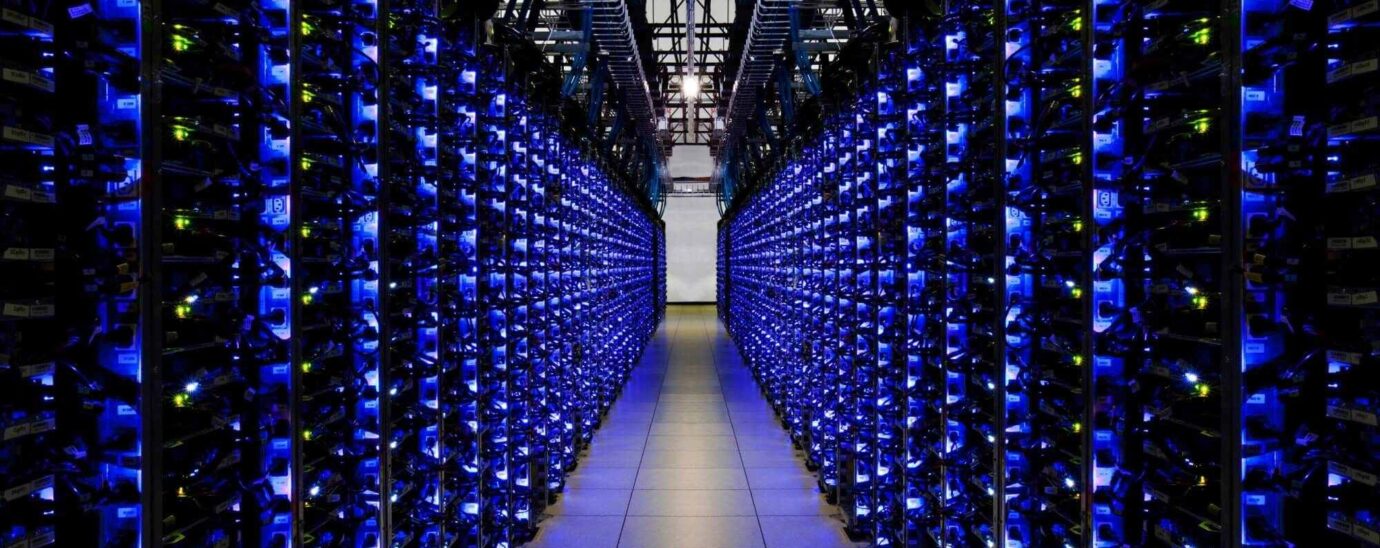Data Centre Demand Growth Continues to Surge

The proliferation of digital technologies has thrust data centres into the spotlight as linchpins of modern business infrastructure. From cloud computing to artificial intelligence (AI), these facilities support critical operations across industries. The growing interest in generative artificial intelligence (AI) has triggered a race to develop technology, driving demand for high-density data centres and significantly increasing predicted electricity consumption.
On July 23, 2025, The White House released “Winning the Race: America’s AI Action Plan,” encompassing more than ninety federal policy actions and outlining the administration’s comprehensive and aggressive approach to securing US “dominance in artificial intelligence.” The plan sets forth a multiphase strategy to stabilise, refine, and expand the grid, prioritising reliable, dispatchable power sources and advanced grid management technologies. And for good reason, data centres are instrumental in supporting a country’s digital future.
Companies developing data centres or related energy or manufacturing facilities, as well as utilities and AI infrastructure providers, could benefit from expedited permitting, reduced regulatory requirements, and governmental financial support. However, implementing the plan will require changes to certain existing regulations. Such amendments can be lengthy and may become the subject of prolonged public comment periods, petitions for review of final agency actions, and other litigation. Because of this, industry stakeholders may wish to engage with regulators directly on the changes to the relevant regulations with an aim to facilitate clearer, predictable, and advantageous regulatory requirements.
Impact on the Grid
Some areas of the world are proving more popular than others. Texas is one. There, ERCOT that operates the State’s electrical grid, says it has received requests equal to 572GW for three thousand new connections to the grid from large power users, most of which were data centres.
Most of the new generation capacity is expected to come from the build-out of solar and battery storage systems (BESS), with solar expected to more than double between 2024 and 2029 and BESS projected to triple during the same period. To meet the growing demand, ERCOT has added 8.8GW of renewable energy to the grid. Over the last three months, ERCOT has moved 4.9GW to commercial operations, but not yet operational, and 3.9GW has been synchronised with the grid and is operational.
Judging whether data centres and other large projects might be built remains difficult. Companies looking to build data centres may submit requests in multiple prospective locations. Large customers that intend to join the grid are required to pay their local utility company a $100,000 fee before the planning process begins, and a requirement that such customers disclose to utilities any potentially duplicative interconnection requests elsewhere. Both provisions could mitigate the “phantom loads” gumming up utility and grid operator forecasts.
The Need for Demand Management
To prevent a systemwide blackout in an emergency, ERCOT uses a process called “load-shedding,” which involves directing transmission companies to temporarily disconnect customers. It has developed two demand management programs — one mandatory and one voluntary — to ensure data centres and other non-critical large loads help rather than hinder reliability.
The mandatory demand management programme applies to loads of 75 MW or greater. It allows utilities to disconnect eligible loads during firm load shed events and mandates the installation of shutoff equipment known as a “kill switch” as a condition of grid interconnection.
The voluntary program is a competitively obtained reliability service active during specific times of the year, subject to a minimum 24-hour notice period and off-limits to any large-load customer that curtails in response to the wholesale price of electricity. The advance warning period is key for this sort of voluntary program, especially one counting on participation from hyperscale data centres with sensitive IT equipment worth billions
Data centres engaged in AI computations may see little economic incentive to reduce demand based solely on price signals, making their participation less about cost savings and more a strategic decision influenced by broader corporate sustainability goals. Hyperscale data centres have announced plans to use other forms of clean energy such as nuclear power to support their ongoing energy needs.
Opportunities for the industry
It is no secret that data centres are projected to account for a substantial part of new electricity demand. This growth presents both opportunities and challenges for retail energy providers, including the need to manage increased demand, invest in infrastructure, and adapt pricing strategies. Uncertainty surrounding the timing and location of data centre development further complicates planning for retail energy providers.
Overall, retail energy providers are actively adapting through infrastructure investments, renewable energy initiatives, demand management strategies, and innovative pricing models to meet the unique demands of the growing data centre sector. This multifaceted approach aims to ensure stability in energy supply while supporting sustainability goals.
Data Centres And Power Infrastructure
According to a recent McKinsey analysis, as more data centres are built and the amount of power they require grows, power supply is becoming an issue in markets that have traditionally attracted clusters of data centres. Utilities find they have not been able to build out transmission infrastructure quickly enough, and there is concern that they may be unable to generate sufficient power.
Due to grid stability concerns, we are starting to see data centres dedicated to training AI models increasingly being built in more remote locations where power is still abundant and grids are less strained. But given the lack of adequate power transmission infrastructure in these locations, power supply may still become an issue as demand grows.
